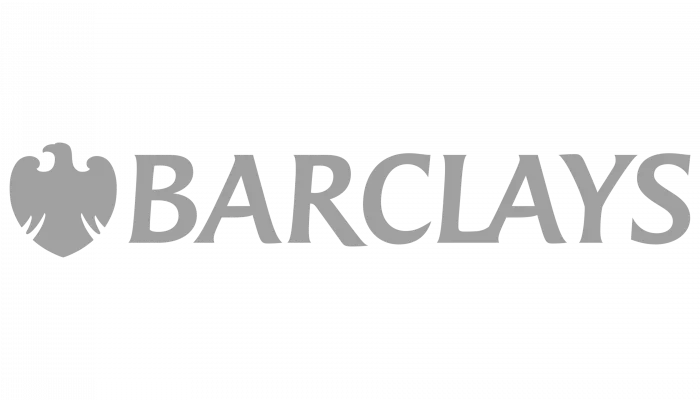When buying a home you will have to meet a variety of costs. Amongst the expenses you might expect, such as solicitor’s fees and the fees payable for a mortgage valuation, there is another cost, sometimes overlooked. It is Stamp Duty Land Tax (SDLT).
The Government recently introduced relief for first time buyers purchasing a home on or after 22 November 2017. Click here to find out more
Stamp Duty is a charge levied in England and Wales by the Government and the cost of Stamp Duty is payable by the purchaser. It is a charge levied on all property transactions over certain transactional values.
In recent years Stamp Duty has grown from being a relatively small charge to become a significant tax in its own right. The regulations around it have also become more complex as a result.
Until recently, Stamp Duty on the purchase of property was payable in tiers. Any property purchased for less than £125,000 was effectively exempt. Stamp Duty was also payable on the purchase of residential or commercial property at the same rate. This changed in December 2014.
A purchaser buying property for between £125,000 and £250,000 used to pay 2% Stamp Duty on the total purchase price and anyone that purchased property over £500,000 paid 4% of the total purchase price in Stamp Duty.
The Government recently changed the way Stamp Duty is calculated and for most people buying homes with a value up to £500,000 or so, this is good news. At the time of writing the cost of SDLT is calculated as follows for individuals purchasing Freehold residential property:
You’ll pay:
• nothing on the first £125,000 of the property’s purchase price
• 2% on the next £125,000
• 5% on the next £675,000
• 10% on the next £575,000
• 12% on the rest (above £1.5 million)
If you have exchanged contracts to purchase on or before 3. December 2014 and have yet to complete the purchase there are transitional arrangements. There are also different rules for leases with a value of more than £125,000, corporate bodies, commercial transactions and linked transactions. Instead of SDLT, Land and Buildings Transaction Tax is payable in Scotland. For more details go to www.gov.uk/stamp-duty-land-tax or consult your solicitor.
Recent posts
Best UK Mortgage Rates this Week
Yesterday

Here are the lowest fixed mortgage rates of the week, available to first-time buyers, home movers, buy-to-let, and those remortgaging.
Call us for more information: 01628 507477 or email: team@mortgagerequired.com.

Just because the Bank of England decides to reduce the base rate, this doesn't automatically mean that your mortgage rate will go down.
Autumn Budget 2025: A Summary
23 days ago

Chancellor, Rachel Reeves, has delivered the Autumn 2025 budget. We have summarised the government's plans for tax and spending.
Renters' Rights Act
14 Nov 2025

The Renter’s Rights Bill became law at the end of October, which means it has been signed off by the King, and it is now the Renters’ Rights Act. Despite this becoming law, these changes are likely to start changing within the next six months, with the aim of being fully implemented throughout 2026 and into 2027.

A welcome change in school is coming as financial literacy is due to become compulsory in schools in England.
The Government has announced that as part of the new national curriculum, children in primary and secondary education will be required to learn about budgeting, compound interest, managing money, and mortgages.
The top 10 most beautiful villages in the world
24 Oct 2025

Forbes has published a global ranking of stunning locations and one popular picturesque corner of the UK has nabbed top spot.

Over three years after the Mini-Budget took place, we look at what the mortgage market looks like now, showing the difference in mortgage repayments.

The government has announced plans to make buying or selling a home cheaper and quicker with what is being called the “biggest shake-up to the homebuying system in this country’s history.”



















